
I posted this snapshot poem on my Facebook page a few weeks’ ago, but I’ve since slightly changed the wording. To tell the truth, I went back to the original wording, as it came out of my brain and onto the page. Sometimes tinkering with the words spoils the poetry.
This photo was taken on the ‘Isle of the Dead’, a short ferry ride from the penal settlement of Port Arthur, Tasmania, during our visit in January this year.
The Isle of the Dead is the burial site of over 1,000 officials, soldiers and their families, and convicts who lived at Port Arthur. Most of the convicts’ graves are unmarked, as they weren’t permitted headstones.
I first visited Port Arthur in the ’70s. My childhood impression of the site was of cruelty and deprivation—floggings, meagre diets, solitary confinement.
When we visited last year, the emphasis seemed to have changed. It’s now a peaceful and respectful memorial to all who have lost their lives there, both in the distant and more recent past.
Here are some more images (click on the image to enlarge).

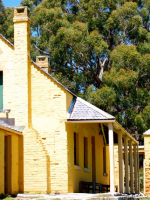
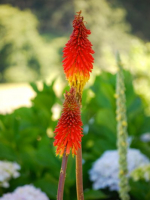
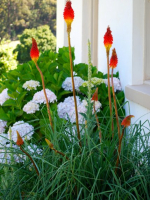
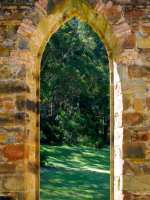
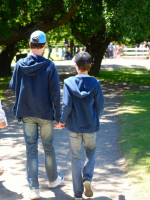
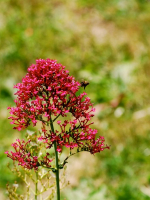




Thanks for this great post, Louise. Earlier this year when I travelled around Tasmania I was struck by the enormous amount of violence and atrocities which had taken place there in the early to mid 1800’s. Not only was genocide committed against its indigenous peoples, but the convicts were treated in the most inhuman of ways. I think it was Richard Flannigan who referred to Tasmania as Britain’s Gulag. Mind you, here in the West we have our own atrocities to be ashamed of, like Rottnest Island for instance. Or the early pastoralists up in the Kimberley. Australia was certainly settled by some very sick puppies. It’s something I always struggle with when visiting Rottnest, the sense that I’m on this beautiful island but that I’m in effect walking over the graves of aboriginal peoples. Aboriginal people who were forcefully imprisoned on the island, then made to work and die in horrific circumstances. I’m glad though that you found ‘The Isle of the Dead’ to be a peaceful place. But when I was in Tassie I just couldn’t go to Port Arthur. Too much sadness, much too much.
It is a sad place to visit, and we visited for many reasons, including that I worked one weekend at the GP practice in Nubeena, which is near Port Arthur, in 1996, covering for the GP’s who were burnt out and needed a weekend off. Everyone was grieving at that time, and I saw how much they were suffering. I always try and return, out of loyalty as much as anything. It is a beautiful and tranquil place to reflect.
I find Arlington National Cemetery to be a place of Solitude and Respect. It is a place where soldiers from the 1860’s (our civil war) to the present day are buried. The white gravestones in precise columns give a sense of order. My mother had said she would like to be buried there; her wish was granted. Everyone is buried with a military ceremony that ends with an American flag being folded in a precise manner and given to the family. My mother also had a gun salute though I no longer remember how many times the rifles were fired. I have visited slave cemeteries where only chipped headstones remain,(many more I feel certain had no headstones). Like the cemetery you describe their lives were one of brutality and servitude. More recently in my state of Florida graves mostly unmarked were found of many boys who died while in a boys reformatory. Their graves are still be discovered and their remains are being identified through DNA. It appears that the lesson that all men are of worth and should be valued needs to be learned over and over again. Didn’t mean to be preachy but your pictures which reflect the peace that you found in that place obviously touched a nerve. Thank you.
Military cemeteries are profoundly affecting and beautiful. I can see why your mother would want to be buried there.
We humans have a violent past, yet, like you say, we keep repeating it …
Thanks for your reflective comments, Penny. They didn’t sound preachy at all. xx